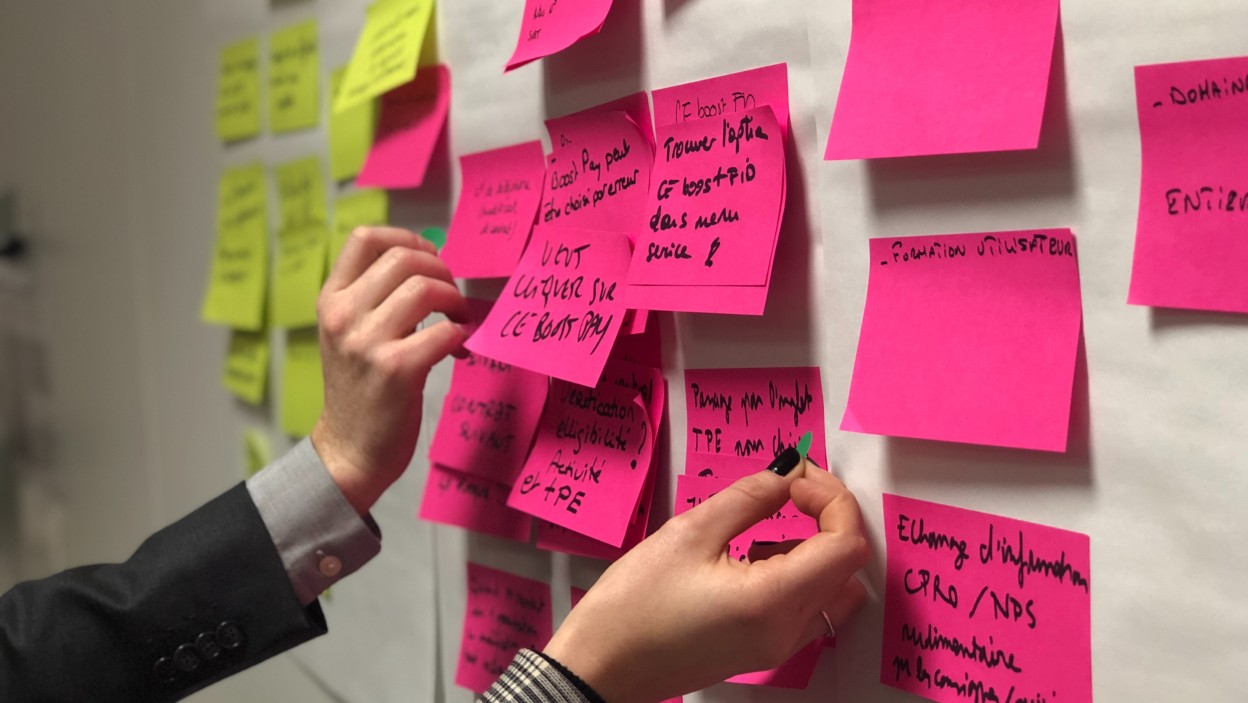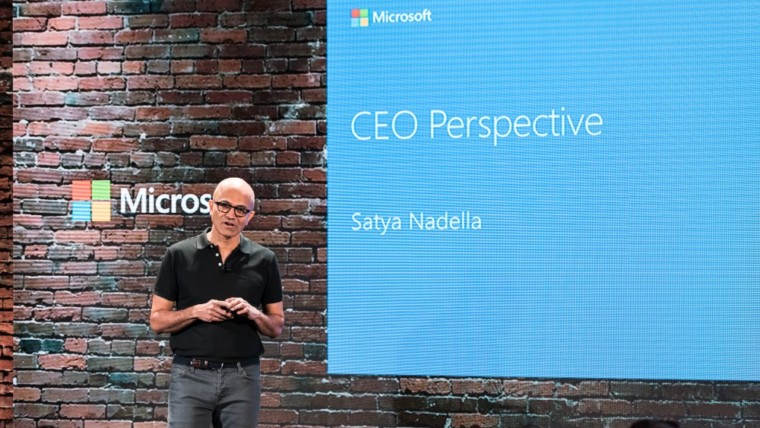When Instagram’s head of engineering James Everingham noticed his team’s transparency score was lagging, he discovered that an unclear decision-making framework was a big part of the problem. So Everingham implemented the RACI decision-making model as part of his efforts to improve his team’s culture and productivity. The RACI model is a tool that identifies everyone’s roles on a project: who is Responsible for doing the work, who is Accountable for making the decision, who should be Consulted before making the decision, and who should be informed about the Resulting decision.
Everingham’s efforts to clarify roles paid off: Instagram experienced a 10% increase in their leadership transparency score in just six months. Here’s how the RACI model helped improved transparent decision-making:
-
Responsible: Everingham found that by identifying the responsibilities involved in each decision, his team had a clearer understanding of the “who” that would drive the process. By creating a matrix of responsibility, each person is aware of expectations and is more likely to surpass them.
-
Accountable: Everingham recommends limiting yourself to single accountable decision-makers whenever possible to simplify the process. These are the folks that will ensure that the responsible parties get things done. But as you clarify accountability roles, be aware of bias. Sometimes as a leader, you may need to recuse yourself from certain decisions if you aren’t certain you can maintain an unbiased approach.
-
Consulted: It may seem like common sense, but remember that consulting the people a decision will impact ahead of time can reduce politics and allow people to feel heard. By gathering diverse input from various stakeholders, you’ll be empowered to make the best decisions and enhance the transparency in your culture.
-
Informed: Everingham points out that there’s a difference between transparency and involvement, so you can inform colleagues about decisions without having to directly include them in the deciding vote. Plus, if you’re clear about your business goals from the outset, your team will understand how your decisions support your priorities.








The Evolutionary Edge
Every Link Ever from Our Newsletter
Why Self-Organizing is So Hard
Welcome to the Era of the Empowered Employee
The Power of “What If?” and “Why Not?”
An Adaptive Approach to the Strategic Planning Process
Why Culture/Market Fit Is More Important than Product/Market Fit
Group Decision Making Model: How to Make Better Decisions as a Team